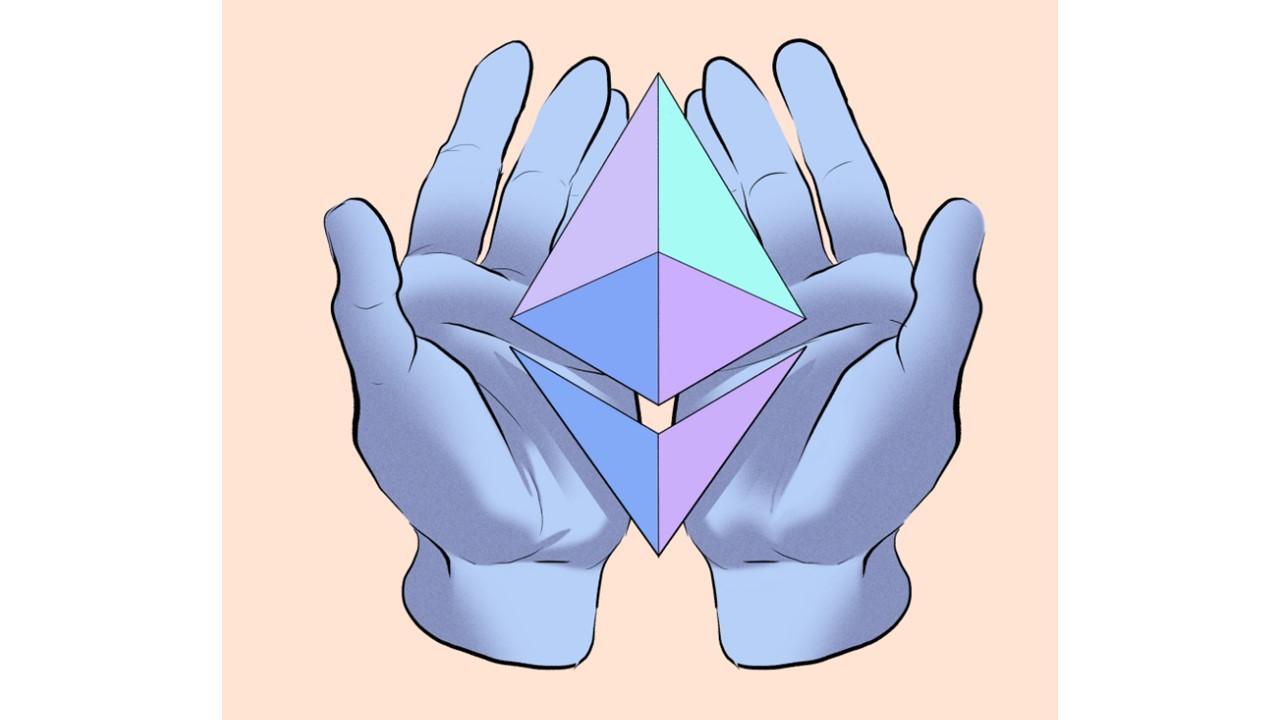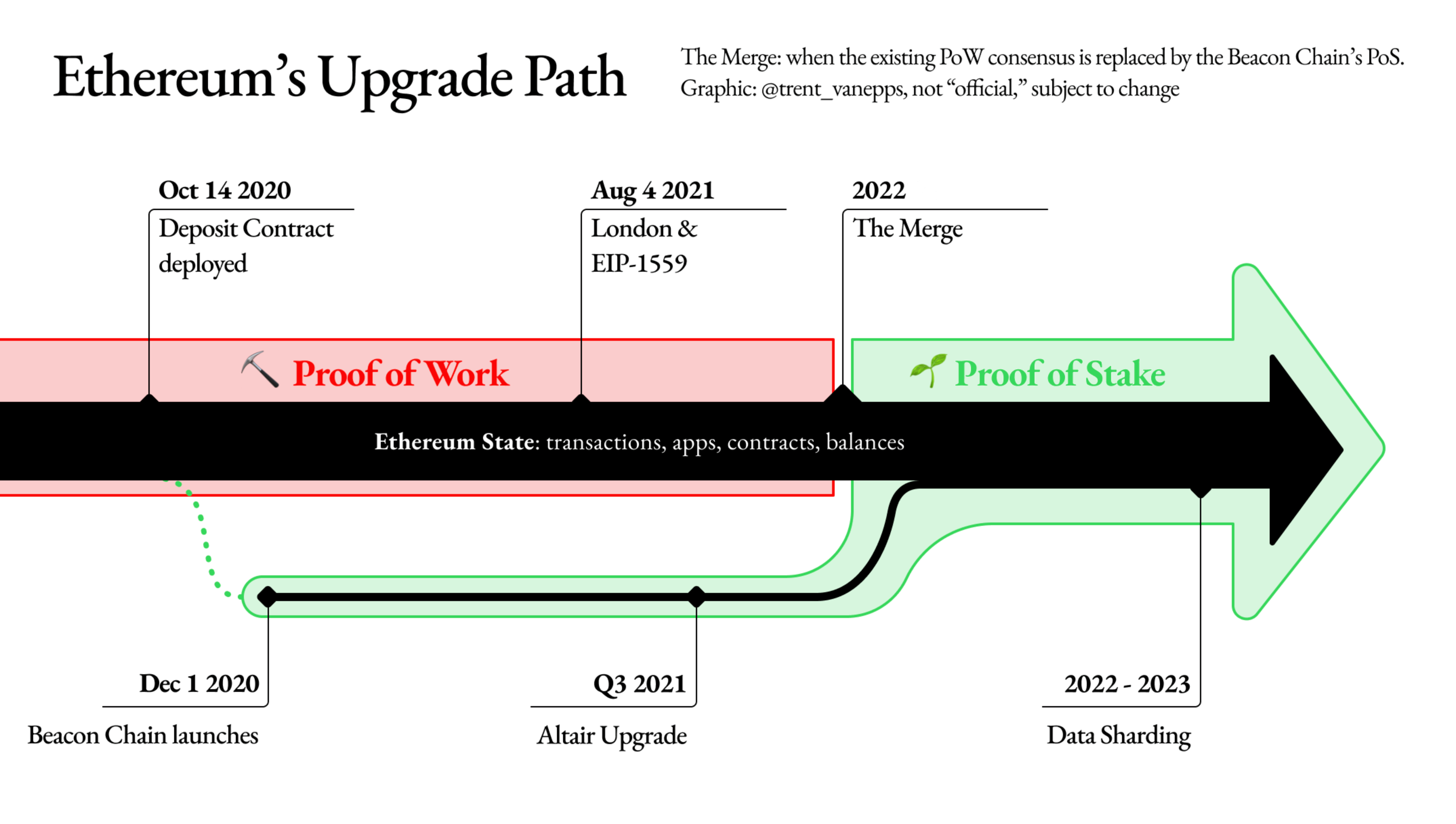Ethereum Consensus Layer: Eth 2.0 Replacement, Explained
Eth 2.0 is dead. Instead, Ethereum is delivering the consensus layer. Here’s information about the consensus layer protocol and how it compares to Eth 2.0.
Jan. 26 2022, Published 10:53 a.m. ET
If you’ve been wondering when Eth 2.0 is finally coming out, we have the answer—it isn't. Instead, Ethereum is delivering something called the consensus layer.
Ethereum’s consensus layer features different terminology than Eth 2.0, but it isn't wildly different. Here’s what to know about the renamed protocol for the Ethereum blockchain—including when the consensus layer might arrive.
What happened to Eth 2.0?
Ethereum advocates have been shouting about the revamped blockchain called Eth 2.0 since 2018. The Eth 2.0 idea aimed to improve the blockchain’s performance and make it more sustainable.
Eth 2.0 represented a shift from a PoW (Proof-of-Work) to a PoS (Proof-of-Stake) consensus mechanism. PoS-enabled blockchains require less energy to mine cryptocurrency, offer increased security for users and their transactions, and increase decentralization capabilities.
However, the Ethereum Foundation has announced that Eth 2.0 is no longer the preferred terminology for the blockchain’s roadmap. Ethereum developers are instead calling Eth 2.0 the “consensus layer.”
What's Ethereum’s consensus layer?
Ethereum developers are phasing out the terms Eth 1.0 and Eth 2.0. They're replacing them with the terms execution layer (Eth1) and consensus layer (Eth2), respectively.
Basically, the consensus layer is just another way to refer to the planned Ethereum roadmap that's already in place. However, there are some key changes now that developers have redefined the terminology.
Why is the consensus layer different?
Ethereum 2.0 was based on a project called Beacon Chain, but developers knew it would take years for it to be ready. In the meantime, they started working to improve the PoW chain through projects like Stateless Ethereum.
In the long run, Ethereum focused on a merger of the two processes that would help transition PoW to PoS over time, and the consensus layer was born.
By branding it with a more accurate name, Ethereum is helping new users recognize that there aren't any consecutive Ethereum chain types (like Eth 1.0, then Eth 2.0, for example). Consensus layer offers a more accurate portrayal of the real Ethereum roadmap, which has changed over the years as research develops.
With all the hubbub about Eth 2.0 over the years, hackers have already tried to use the names Eth 2.0 or Eth2 to scam users into swapping their Ether coins for fraudulent tokens. According to Ethereum, “We hope this updated terminology will bring clarity to eliminate this scam vector and help make the ecosystem safer.”
When will Ethereum’s consensus layer be ready?
Ethereum plans to continue data sharding—or distributing data across a decentralized network—through 2023. That’s the last point on the roadmap that the blockchain has labeled, but there could be more developments moving forward.
The PoW and PoS merger is poised to begin now and will impact transactions, apps, contracts, and balances within the Ethereum state. However, the nature of the merger means that applications won’t have to migrate. As a result, the consensus layer should be a seamless transition that happens right under our noses.
Ethereum said, “We hope that our changes will encourage others to move away from the outdated Eth2 terminology. By doing so, you will be helping to create consistency and clarity across the ecosystem, allowing for more accurate mental models and making Ethereum more accessible.”



